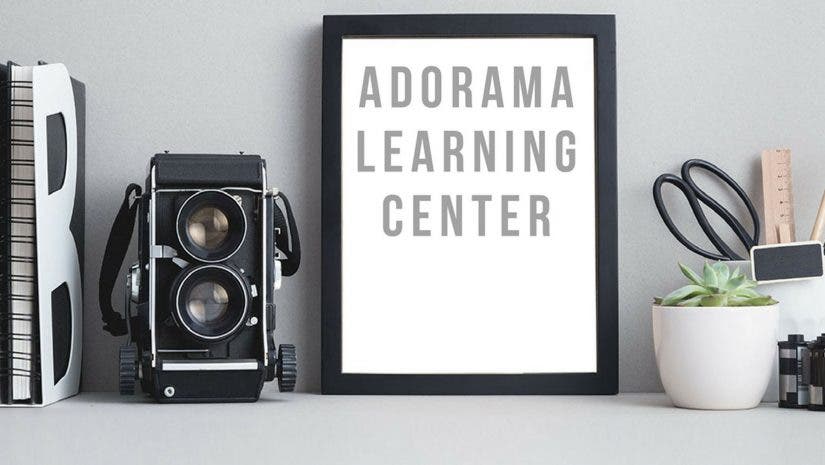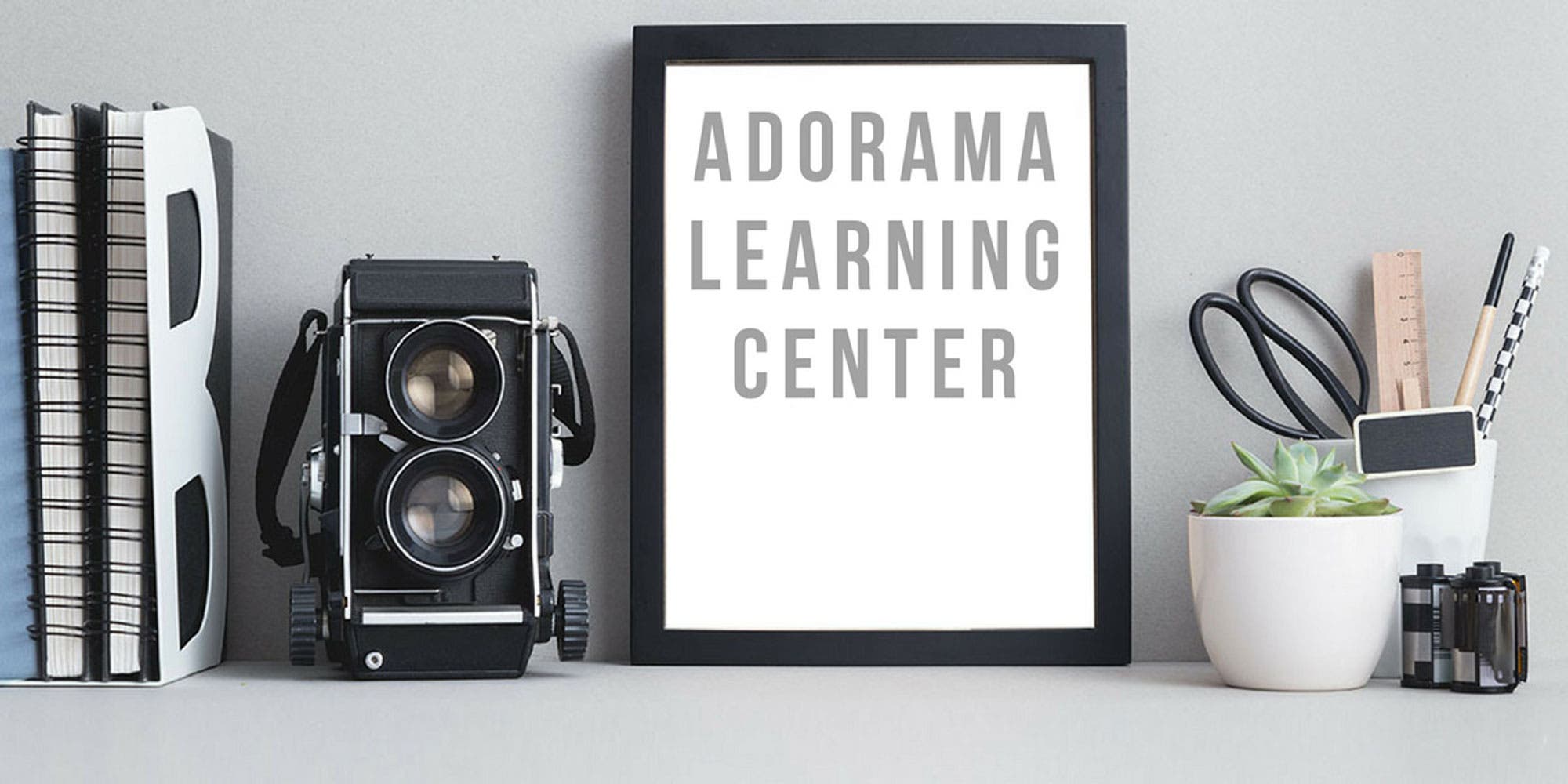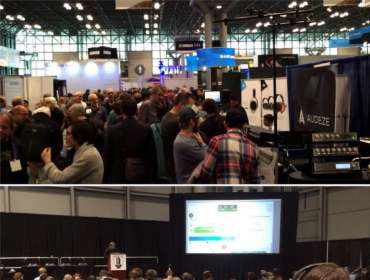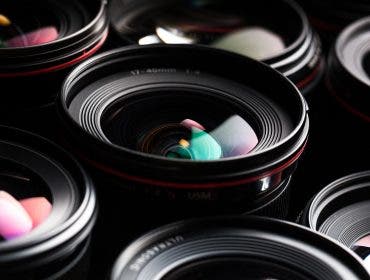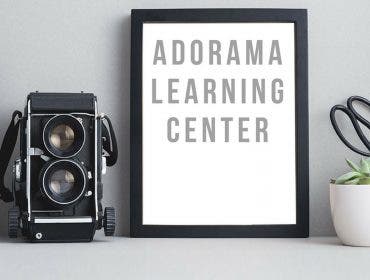Welcome to the best-seller’s list. Based on an overview of sales of cameras in late 2015, here are the top ten best-selling cameras at Adorama…as well as the top four full-frame pro models (scroll down to see those). Our biggest surprise here? That serious cameras are not just holding their own, but as a group are outselling simple, low-cost compact digital cameras. That’s a change over previous years.
What we’ve learned:
- Despite the popularity of mirrorless interchangeable-lens cameras (MILCS), digital single-lens reflex cameras dominate this listing, with only two superlative MILCs making it.
- We also learned that APS sensor-based cameras continue to be more popular than other formats, although full-frame is catching up. Only one Micro Four Thirds cameras is on this list.
- Self-contained, compact digital cameras are a disappearing breed. Well, we knew that, but the fact that there are no compacts on this list (and, in fact, there aren’t even any on the top twenty) is a telling indicator of how the camera industry has been changed by camera phones.
- All of the full-sized 35mm sensor-based DSLRs mentioned in the top 4 pro DSLR list (below) are actually in the Top 20 list of best-sellers. So they’re doing quite well on their own, thank you very much!
And now, on to the Top Ten Best-Selling digitalcameras! Note: Pricing and availability is accurate as of November 3, 2015.
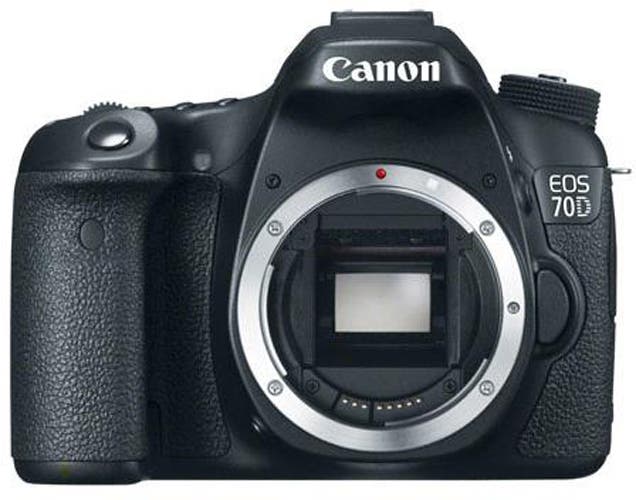
1. Canon EOS 70D ($999)
Why So Popular? Two years after it was first introduced, the Canon EOS 70D tops the camera best-seller list. Packed with advanced features such as a new (for its day) 20MP sensor, a wider ISO range, and a zippy-fast AF system, the 70D nailed both exposure and focus in our field tests, especially in tricky lighting situations. And, with its price lowered to just under a grand, resistance, it appears, was futile.
Key Features:
- 20.2 Megapixel CMOS APS-C sensor (23.7×15.7mm)
- Dual Pixel CMOS Autofocus
- Built-in Wi-Fi
- 14-bit A/D Conversion
- ISO range 100-25,600
- Full HD video up to 1080p at 30 or 24fps, 720p at up to 60fps.
- Buil-in stereo mic
- Flip-out 3-inch touch screen LCD with 1.040k dot resolution
- 7fps Burst Rate
- 19-point cross-type AF system with f/2.8 dual cross-type AF center point
- Intelligent viewfinder with superimposed LCD display
- Many in-camera creative features
- Scene intelligent Auto mode
Wow factor: Revamped autofocus system is one of the fastest on the block.
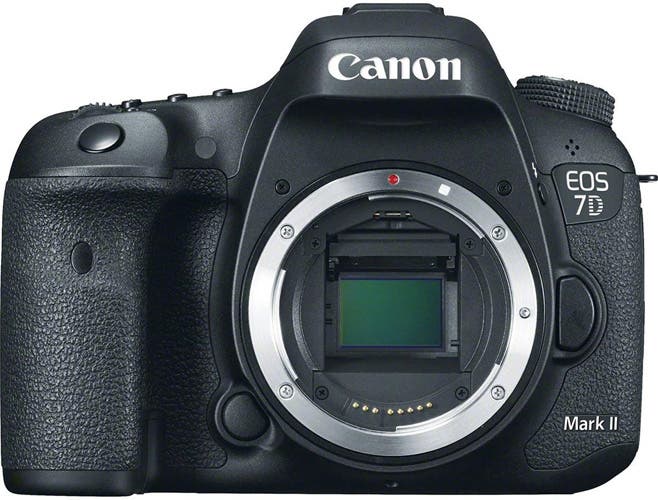
2. Canon EOS 7D Mark II ()
Why So Popular? The most advanced Canon APS-sensor camera, the 7D Mark II borrows innovations from both lower and higher-cost cameras. It has more AF points and on-sensor phase detection (borrowed from the 70D), a sports-friendly 10fps drive mode, dual processors, and improved buffer depth. Some of its features even outpace its pro siblings such as the 5D Mark II. As a result, this camera’s a great choice for sports and action photographers. Yes, that includes pro shooters.
Key Features:
- 20.2MP APS-C CMOS sensor
- Magnesium construction
- Dust and weather resistant
- GPS
- 65 AF points, all cross-type
- Intervalometer
- 10fps burst rate
- 1080p HD video at 60fps
- 100% coverage optical viewfinder
- 3-inch, 1040k dot LCD monitor
Wow Factor: 10fps drive mode and the ability to shoot 1,000 JPEG images in a row without interruption.
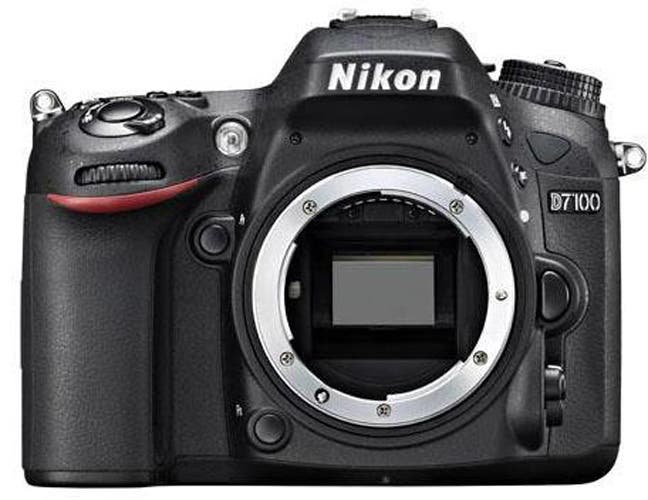
3. Nikon D7100 ($796.95)
Why So Popular? Even though it has been replaced by the D7200, the Nikon D7100 is a perennial favorite thanks to its 24MP CMOS sensor, fast shooting abilities, HD Video capture and overall ruggedness. It borrows Auto ISO Program mode from the D800, and it delivered top image quality when tested by DxOLabs. What makes it a best-seller this year? To make room for its successor, the D7100’s price has been dramatically lowered.
Key Features:
- 24MP DX-format CMOS sensor
- Xpeed 3 processor
- ISO range 100-6400
- 6fps continuous shooting
- 51-point AF system, 15 cross-type sensors
- 2016 pixel RGB metering sensor
- 1080 60i/30p HD video, built-in mic and external mic jack
- Pentaprism finder, 100% coverage
- 3.2-inch 1.2 million dot LCD monitor
- Dust and water resistant
Wow Factor: First Nikon to not have a low-pass filter, resulting in improved image quality.
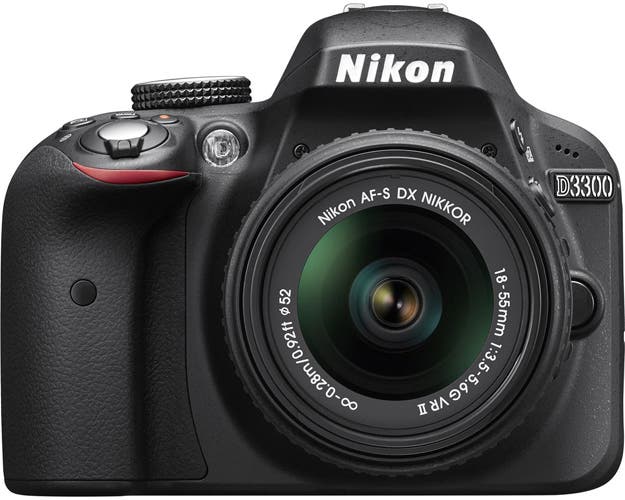
4. Nikon D3300with 18-55mm f/3.5-5.6G VR II ($456.95)
Why So Popular? One of the lowest-priced DSLRs to feature the magnificent Sony 24MP APS sensor, the Nikon D3300 is ideal for snapshooters who want top-quality images and access to Nikon’s legendary lineup of lenses. It also has dozens of special effects, in-camera image retouching, and a sweet optical viewfinder.
Key Features:
- 24.2MP APS-C sensor
- 3-inch 921k dot LCD monitor
- Optical pentamirror viewfinder
- 700-shot battery life
- 5fps burst rate
- 11-point AF system
- 1080/60p HD video capture
- ISO range 100-12,800, expandable to 25,600
Wow Factor: 700 shots per battery charge, ease of use.
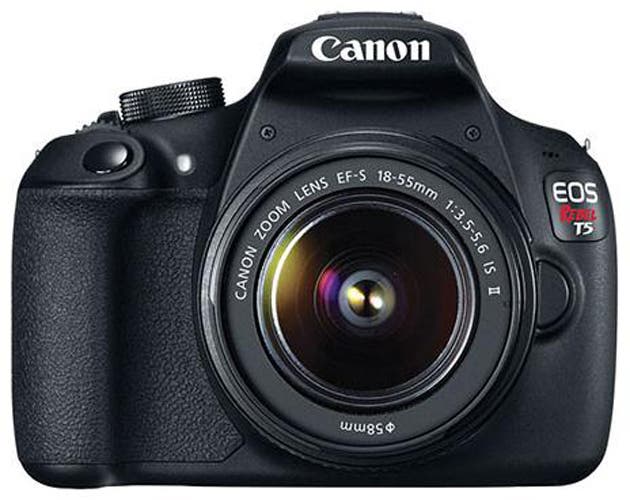
5. Canon EOS Rebel T5 with EF-S 18-55mm ($399.00)
Why So Popular? This no-frills DSLR offers very good image quality, light weight and beginner-friendly Feature Guide and Creative Auto. Great bang for the buck.
Key Features:
- 18MP APS-C sensor
- ISO range 100-6400, extendable to 12,800
- 1080/30p HD video
- 9-point AF
- 3fps burst rate
- RAW and JPEG
- 3-inch 460-k dot LCD monitor
Wow Factor: Feature guide explains how cameras works, holds your hand through the picture-taking process
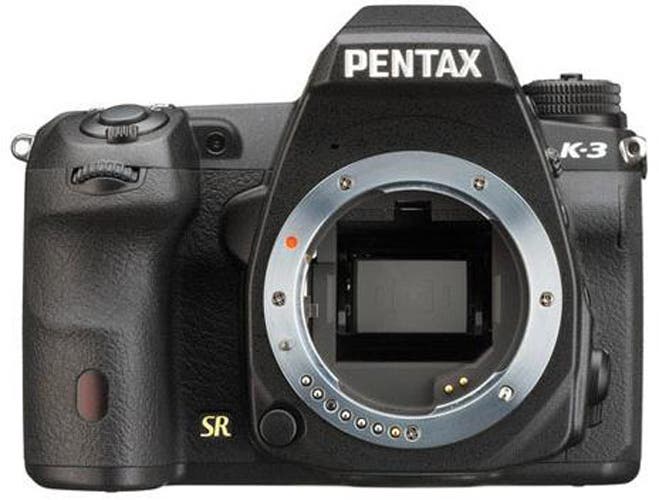
6. Pentax K-3 Digital SLR Camera Body ($749.00)
Why So Popular? Feature-packed, weather-sealed and an enhanced version of one of the best APS sensors in the business, the Pentax K-3 is a powerhouse camera that claims to deliver clean images at high ISOs and under low light shooting conditions. It’s also a popular choice for astrophotographers because it uses onboard GPS to calculate celestial movement so stars are rendered as points of light instead of light trails. The camera offers faster performance and outstanding built-in shake-reduction. Overall, its feature set is that of a camera costing hundreds of dollars more.
Key Features:
- 24MP CMOS sensor
- Built-in GPS
- PRIME III image processor (same one as is found on Pentax 645Z)
- Weather sealed
- Operates down to -10 degrees C
- 8.3fps
- ISO range 100-52,000
- Built-in Shake Reduction, claimed up to 4.5 stops effectiveness
Wow Factor: The selectabe anti-aliasing filter gives you even better image quality when you need it.
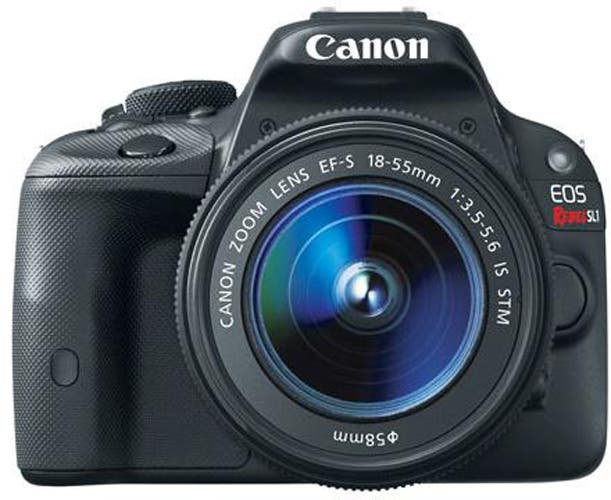
7. Canon EOS Rebel SL1 with EF-S 18-55mm lens ($499)
Why So Popular? It’s the smallest and lightest DSLR in the world (25% smaller than the Canon T5) but is a full-featured digital camera for anyone from snapshooters stepping up to serious shooters who want something smaller. Canon sacrificed some exterior controls to help shrink the camera and moved them into the menus, accessed via a touchscreen monitor. Hybrid autofocus makes it fast and nimble in the field. More than two years after it was announced, this camera is still going strong.
Key Features:
- New 18MP CMOS APS-C Sensor
- ISO range 100-12800, expandable to 25,600
- Up to 4fps burst rate
- Full 1080p HD video at up to 30p
- 3-inch, 1,040k dot touchscreen LCD
- Optical mirror-prism viewfinder, 0.87x magnification
- 9-point hybrid CMOS phase and contrast detection AF
- Scene Intelligent Auto Mode
- Advanced imaging Features
- New Special Scene Modes
- Compatible with EF/EF-S lens, Canon Speedlite flash
- 4.6×3.6×2.7 inches, 13 ounces
Wow Factor: It’s the world’s smallest DSLR; heck, italmost fits in the palm of your hand.
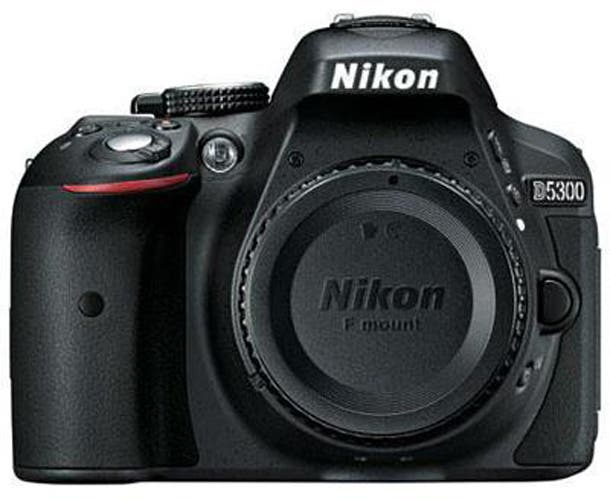
8. Nikon D5300 24.1MP with 18-55mm AF-S DX NIKKOR Lens ($596.95)
Why So Popular? The first Nikon DSLR with full Wi-Fi, the Nikon D5300 lets you share images online and be controlled remotely via wireless connectivity to your mobile device. And those images will be really good, thanks to the on-board 24MP APS sensor. As with all Nikon DSLRs, the D5300 is compatible with Nikon’s lens lineup and i_TTL Speedlight flash system.
Key Features:
- 24MP APS CMOS sensor
- Built-in Wi-Fi
- 3.2-inch 1037k dot flip-out monitor
- 5fps
- 2016-pixel RGB sensor
- 1080/60p full HD movie
- Built-in GPS
- Picture control
Wow Factor: Wireless abilities in full-featured DSLR
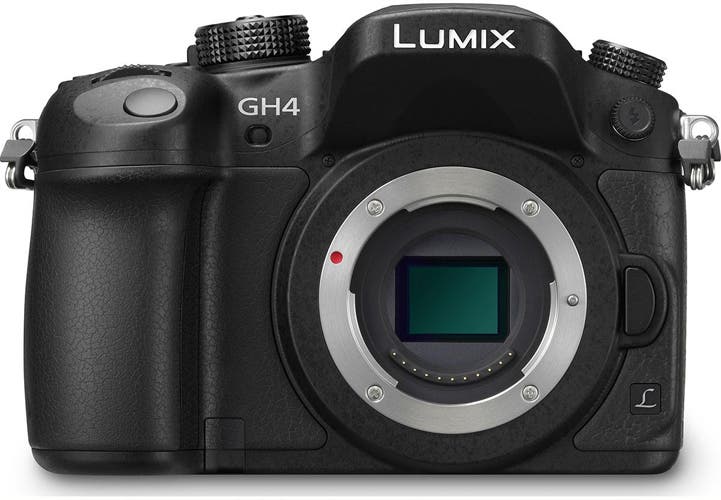
9. Panasonic Lumix DMC-GH4 ()
Why So Popular? The only Micro Four Thirds MILC to make it onto the Top Ten, the Panasonic GH4 is the world’s first MFT camera to shoot 4K-resolution video, and is popular amongst cinematographers. A high-resolution EVF, focus peaking, and an XLR adapter all expand the camera’s usefulness as a video-capture tool. But it’s also an outstanding still camera with 49-area autofocus, a zippy 12FPS burst rate, and a top ISO rating of 25,000. Time-lapse, animation, Wi-Fi, and a solid magnesium-alloy body make this a serious tool.
Key Features:
- 16MP Live MOS Four Thirds sensor
- 4K 24p cinematic video (4096×2160), plus 4K 3840×2160 30p/24p
- Wi-Fi, NFC
- AF Acquisition claimed at 0.07 sec
- 49-area AF
- 12FPS Burst rate
- 2.359 million dot EVF
- 1.03 million dot LCD
- Top ISO 25,600
- Top shutter speed 1/8000 sec
- High-speed 49-area autofocusing in photo or video
- Durable magnesium alloy body
Wow Factor:World’s first mirrorless compact digital camera to offer4K video capture.
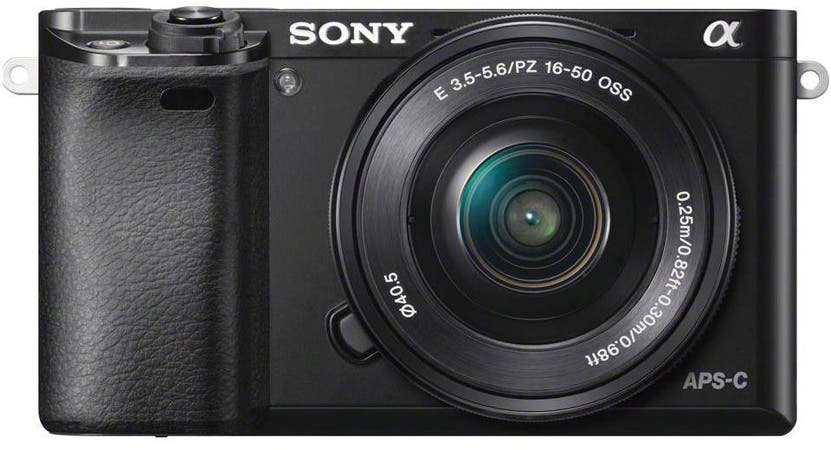
10. Sony Alpha A6000 ()
Why So Popular? The Sony A6000 is small and light, street-smart, delivers DSLR-like performance, and is one of the world’s fastest autofocusing cameras. It has a high-resolution eye-level EVF monitor as well as its flip-out LCD, and has three customizable external controls with 47 assignable functions. It’s also priced right for a camera of its capabilities, and has been flying off the shelves. In fact, Sony tells us its their single best-selling camera.
Key Features:
- 24MP APS-C sensor
- 11fps burst rate with continuous autofocus
- 179-point phase-detection AF sensor
- Wi-Fi, NFC connectivity
- Claimed 20 percent improved sensitivity over NEX-7
- 1080p uncompressed HD video at up to 60p
- 1.4 million dot OLED EVF
- Tiltable 3-inch, 921k dot LCD monitor
- Built-in stereo mic
- Pop-up Flash
- 3 programmable buttons, 47 assignable functions
Wow Factor: Small, smart, reasonably priced…and it has Sony’s best APS sensor. Only APS MILC on this list.
4 Top-Selling Pro Cameras
Amongprofessional-oriented cameras (which we define as anything with a full-frame sensor), the sweet spot seems to be between approximately $1,900 and $2,800, with lower-end and mid-range models dominating sales.
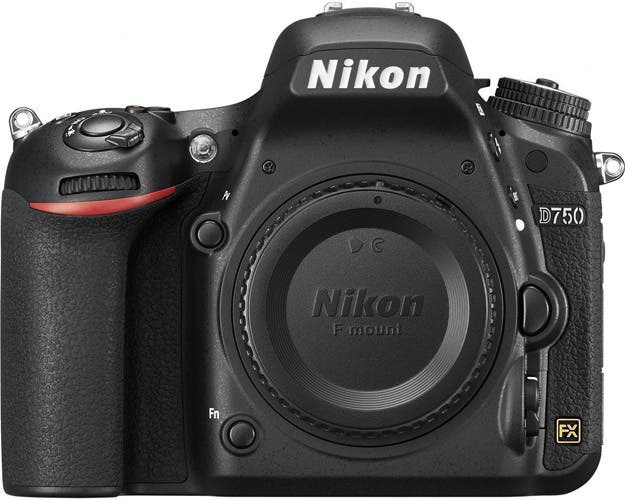
Leading the pro pack in camera sales is the Nikon D750 (), a relatively light model with outstanding autofocus performance, a powerful image sensor with an ISO range of 100-12,800 (expandable to 51,200), full 1080/60p HD video, and a generous-sized 3.2-inch, 1,229 dot flip-up LCD monitor. It has built-in Wi-Fi, and is about the size of a prosumer camera.
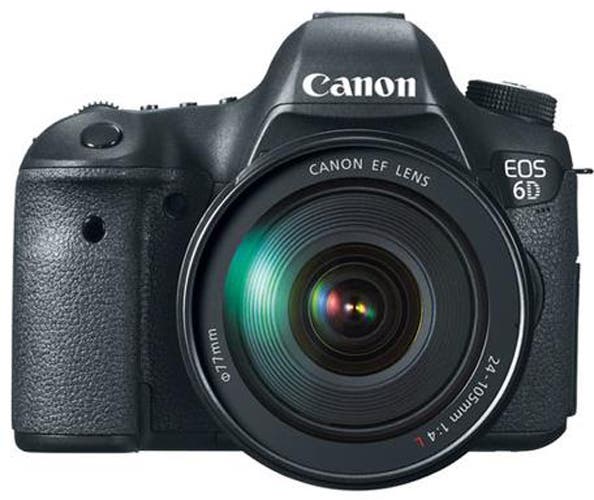
The prosumer-oriented Canon EOS-6D Digital SLR Camera Kit, when sold in a kit with the workhorse Canon EF 24-105mm f/4L IS USM lens, at $1,999.00, has become the budget-minded Canon pro shooter’s favorite. It has a native ISO range of 100-25,600, but can boost up to 102,400. It features an 11-point AF system and f.5fps burst rate, a built-in Wi-Fi transmitter and GPS, and a Canon-designed 20MP CMOS sensor.
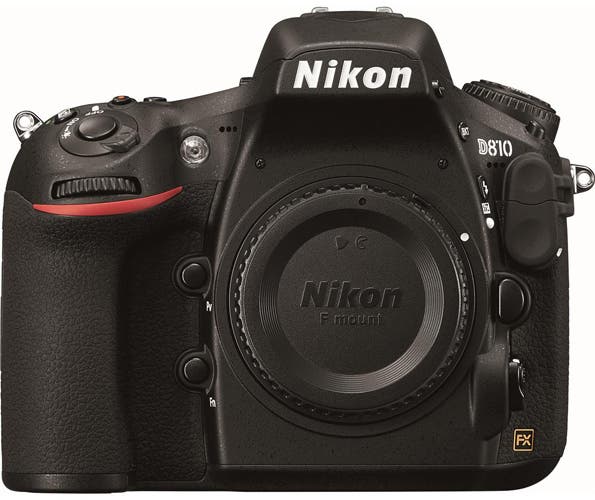
The high-resolution Nikon D810, features a remarkable 36.3MP full-frame CMOS sensor; with no low-pass filter, it renders super-sharp results and excels in low light. With 1080p video capture, an ISO range of 64-12800, and a 51-point AF system with 15 cross-type sensors, the camera is a favorite for fashion and sports alike. Interval and time-lapse photography, improvements in image processing, 12-bit uncompressed RAW files, and a 3.2-inch 1,229k dot resolution LED help complete the picture.
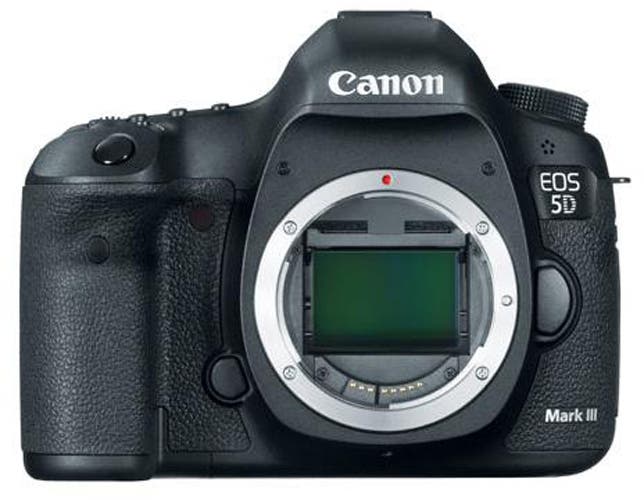
The popular Canon EOS-5D Mark III, at $2,499.00, comes in fourth among pro cameras. Its 22MP sensor delivers an ISO range of 100-25,600, and its durable body includes a shutter that should last at least 150,000 cycles. The Intelligent Viewfinder features a superimposed LCD display over a 1005 field of view, and stuff like HDR, 14-bit A/D conversion, a 61-point AF system with 41 cross-type points, and 1080p video capture make this a true pro workhorse.
